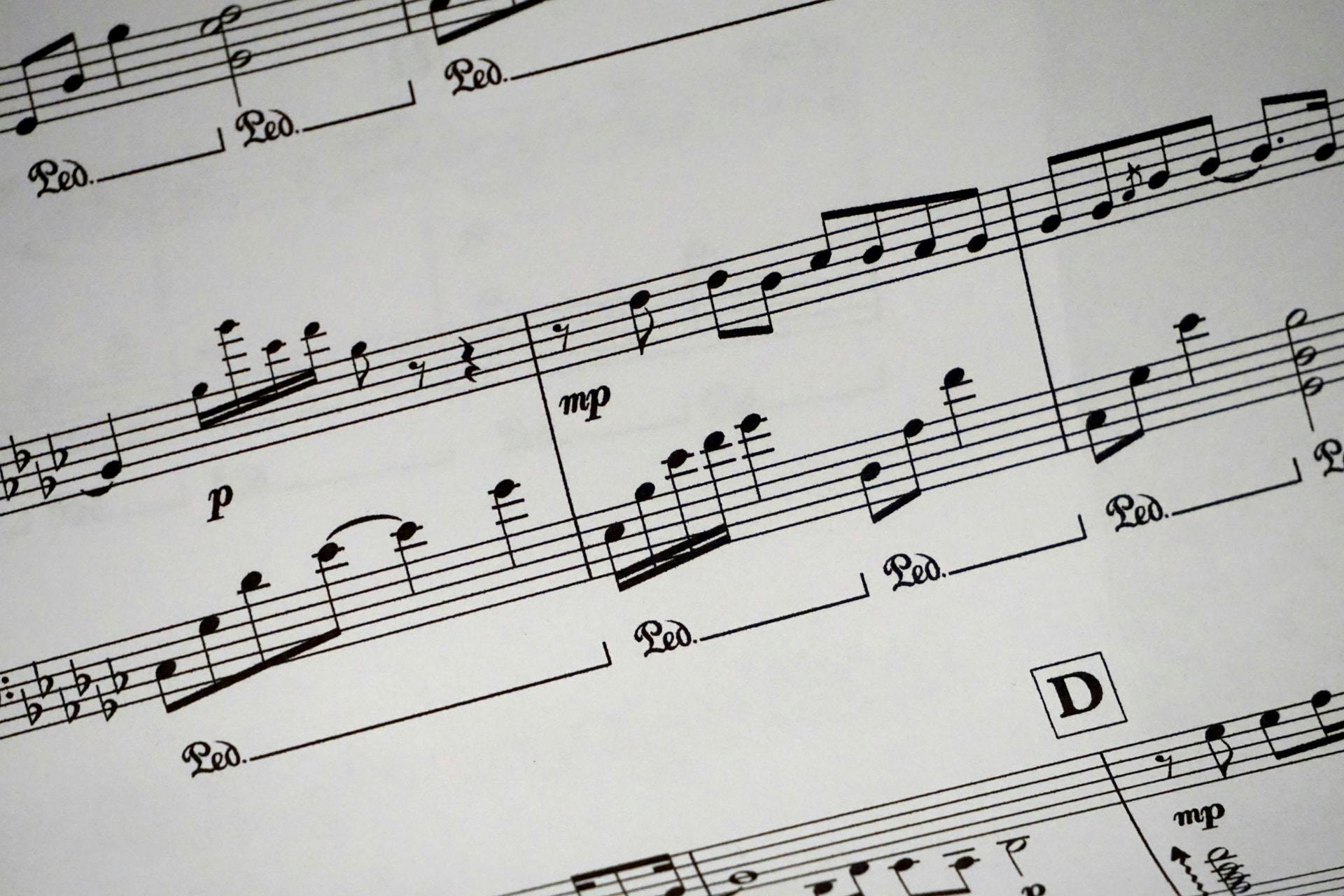In music, a UPC is more than a barcode—it’s what makes your release visible, trackable, and sellable. Whether you're uploading an album to Spotify or pressing a CD, understanding how the Universal Product Code (UPC) works is essential.
What does UPC stand for?
A UPC (Universal Product Code) is a 12-digit identifier used to distinguish a music release—like a single, EP, or album—on digital platforms and in physical stores. It’s the music industry’s version of a product ID.
If you’re releasing music through Spotify, Apple Music, Amazon, or even on CD, you’ll need a UPC so that stores, distributors, and royalty systems can recognize and track your release correctly.
It’s often called a music barcode—but in digital distribution, it exists as a number rather than a graphic. It can also be known as GTIN-12 or EAN code.
UPC vs ISRC: What's the difference?
While both UPC and ISRC codes are essential in music distribution, they serve different purposes. The UPC (Universal Product Code) identifies the entire product—like an album, EP, or single—as a release. The ISRC (International Standard Recording Code), on the other hand, identifies individual tracks or recordings. So if you're releasing a 3-song single, you'll need one UPC for the release and three ISRCs—one for each track.
What is a UPC code used for in music distribution?
A UPC code for music is required for:
- Submitting releases to distributors and DSPs (like DistroKid, TuneCore, RouteNote)
- Tracking sales and streams for charting (Billboard, iTunes, etc.)
- Organizing your catalog, especially when you have multiple versions of a release
- Triggering royalty payments via accurate metadata and sales logs
If you’re asking “Do I need a UPC to release music?”—the answer is yes. It’s a foundational part of modern music metadata.
How to get a UPC code for music
If you’re wondering “How do I get a UPC for my music?”, here are your options:
- Automatically via a distributor — Platforms like DistroKid, TuneCore, CD Baby, and Symphonic will assign a UPC during release creation.
- Buy one yourself — You can register directly with GS1 (the official global standards body) to license your own UPCs—typically used by labels or companies managing large catalogs.
- Get one from a label or aggregator — If you’re signed or working with an aggregator (like The Orchard or Believe), your UPC will be assigned for you.
Note: Each version of a release (e.g. deluxe vs. standard) needs its own unique UPC.
How to find the UPC of a release
If you're looking for a UPC finder for music, here are some tips:
- Check your distributor dashboard (e.g., DistroKid, CD Baby)
- Right-click on the album in Spotify Desktop and choose "Copy Spotify URI"—UPC is often embedded in the URI
- Use tools like ISRC finders or metadata aggregators like Soundcharts, which display UPCs for public releases
- Some royalty collection societies (like SoundExchange) require UPCs when registering a release
Why UPCs matter
Without a valid UPC, your music might:
- Get rejected by DSPs or distributors
- Fail to report correctly in charts or royalty systems
- Be misidentified or confused with other releases
- Miss out on sync or licensing opportunities
A UPC is what turns your music into a trackable, monetizable product. It links together the metadata, the distribution pipeline, and the payment flow—making it essential for both digital and physical releases.



